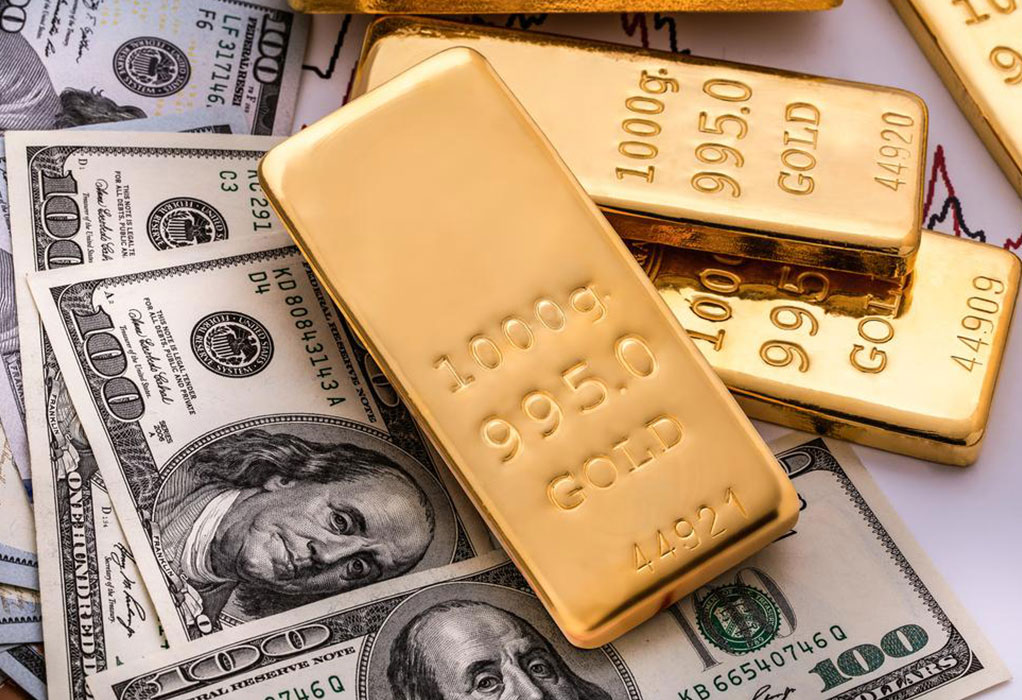Key Elements Influencing Gold Market Prices
This article explores key factors influencing gold prices, including monetary policy, economic indicators, supply and demand, inflation, and currency movements. Understanding these elements helps investors make informed decisions in the gold market, which is sensitive to global financial developments and investor sentiment.

Gold is often regarded as a reflection of economic anxiety. During periods of uncertainty, investors flock to gold, pushing its price higher. While inflation and deflation are primary influences, other factors—both economic and psychological—also shape daily gold fluctuations.
Discover the main elements impacting gold prices:
Monetary Policy: Managed by the Federal Reserve, this policy significantly affects gold prices. Higher interest rates increase opportunity costs, making gold less attractive, whereas lower rates boost its appeal.
Economic Indicators: Data such as employment reports, wage figures, manufacturing stats, and GDP growth inform monetary decisions, influencing gold’s daily value. Strong economic data can lead to lower gold prices.
Supply and Demand: Fluctuations in gold demand or supply directly impact its price. Higher demand or limited supply raise prices, while lower demand or abundant supply drive prices down.
Inflation Trends: Rising inflation often correlates with increased gold prices, as investors seek assets that hedge against inflation. Conversely, low inflation tends to depress gold’s value.
Currency Fluctuations: The US dollar’s movement primarily governs gold prices. A falling dollar typically elevates gold prices due to international currency shifts.
Note: This content is a compilation of research, economic data, and expert insights. Market conditions fluctuate, and advice should be tailored by professionals before investment decisions. The information may vary with changing financial landscapes.









